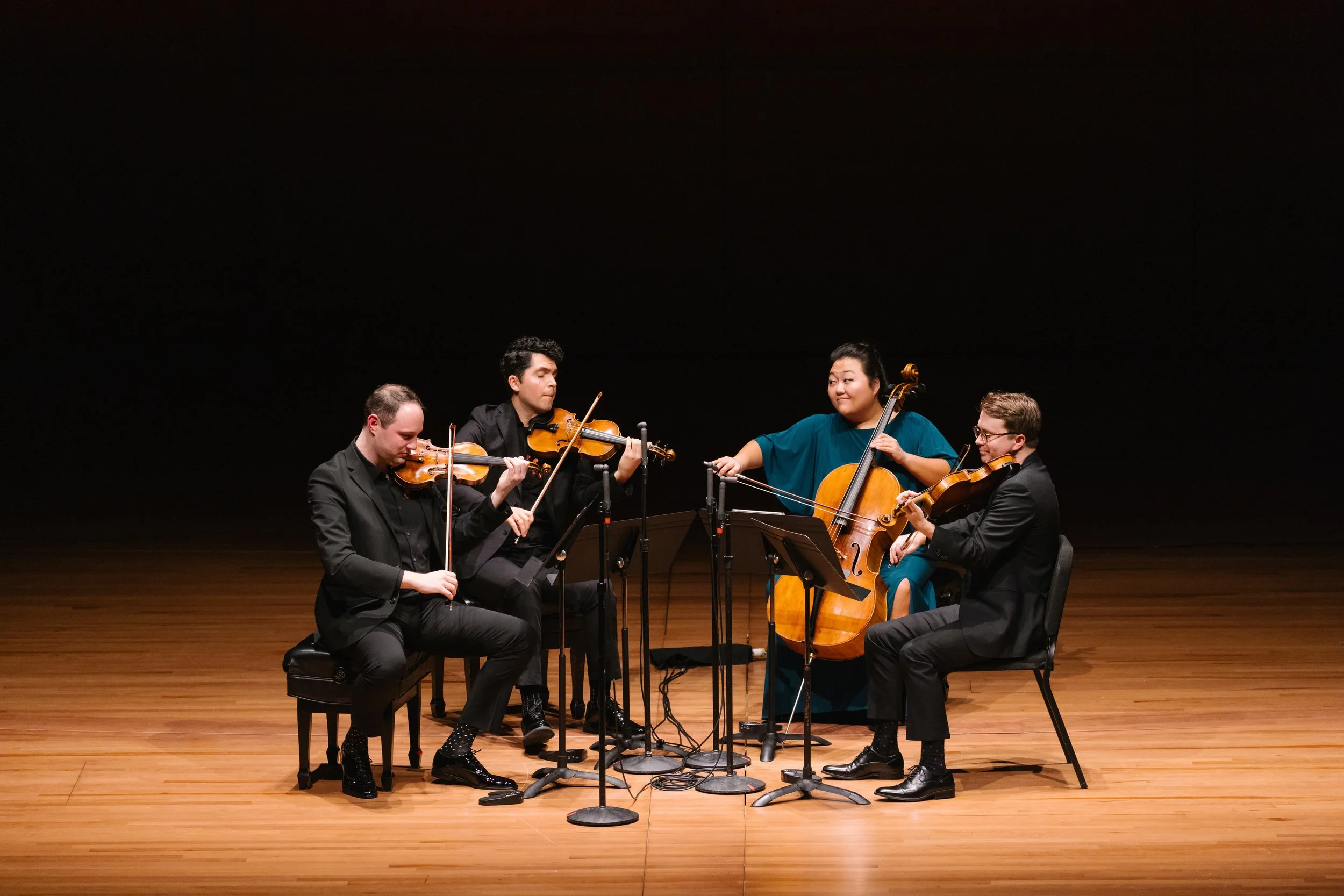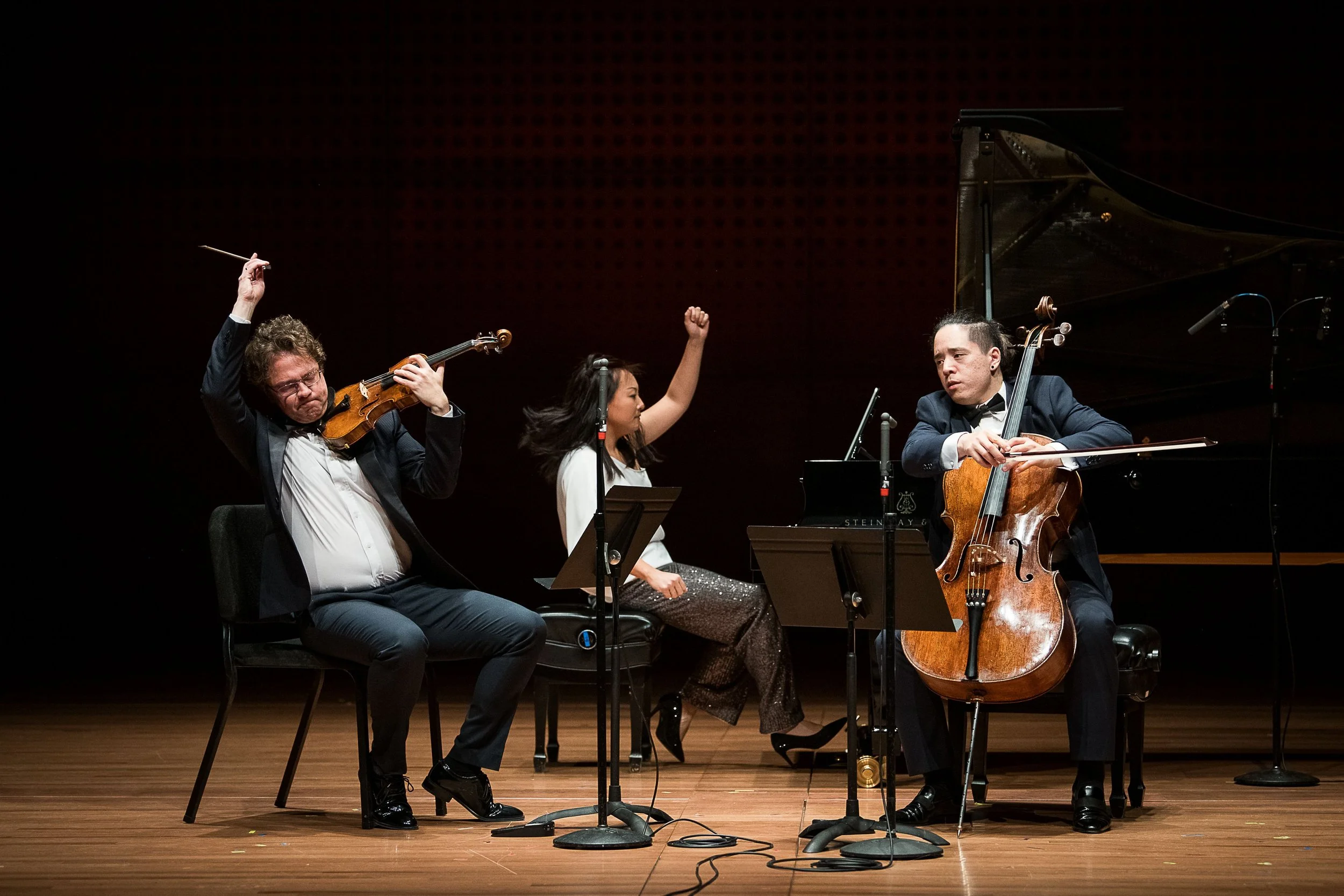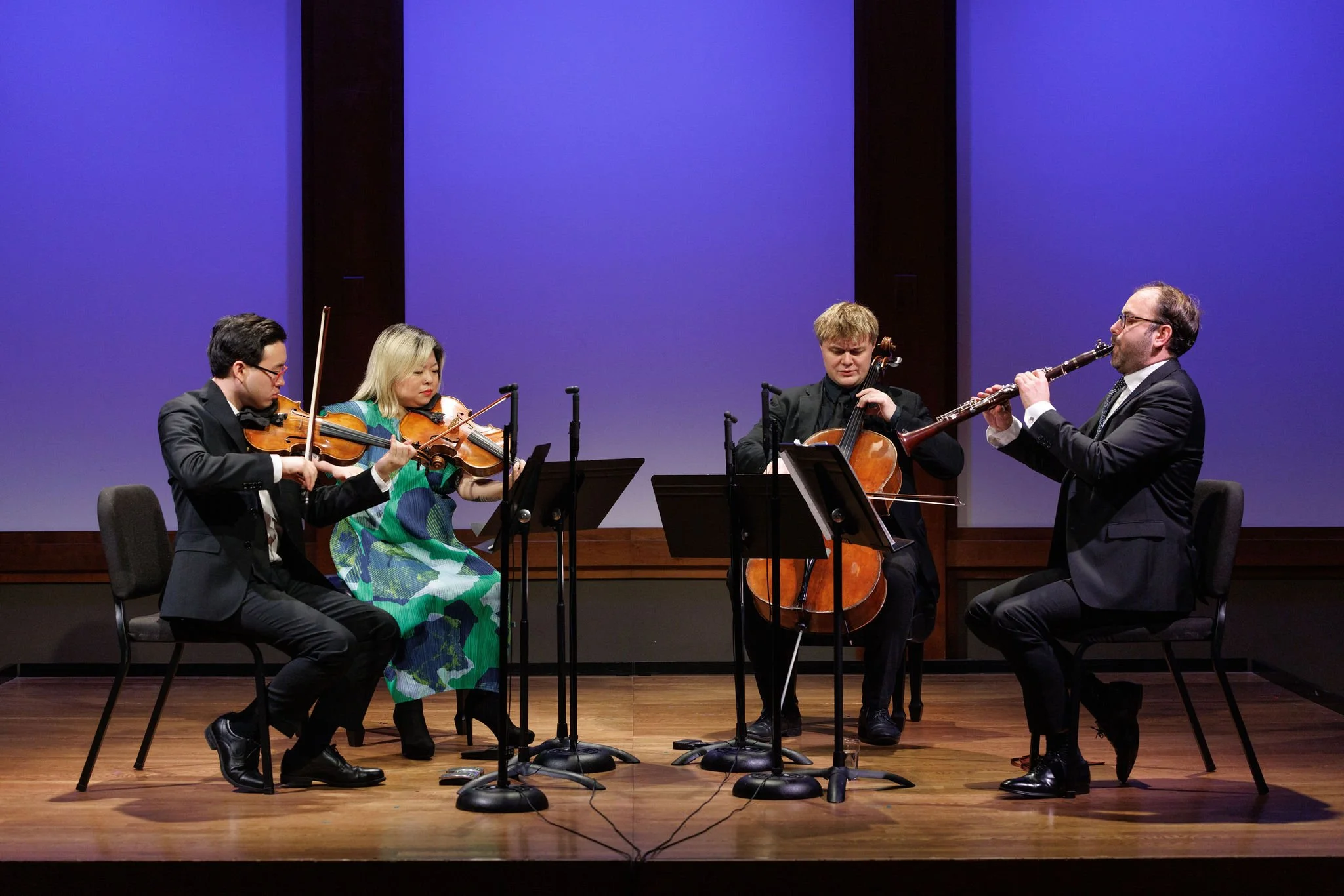REVIEW: Saint-Saëns and Fauré on the Menu
February 25, 2024
Chamber Music Society of Lincoln Center’s recent concert focusing on the composers Camille Saint-Saëns and Gabriel Fauré — lifelong friends and colleagues — was a time-traveler’s feast. The bill of fare was deftly curated from these French musical doyens’ most rewarding and characteristic recipes.
Fauré’s Dolly, Op. 56, a suite of charming character pieces for piano-four-hands, served as a series of h'ordeuvres and aperitifs. Pianists Gloria Chien and Anne-Marie McDermott presented these elegant amuse bouches with an extra pinch of panache and an inviting air.
Photo by Cherylynn Tsushima
Chien was then joined by clarinetist Anthony McGill for a first course of Saint-Saëns’ Sonate pour Clarinet avec accompaniment de Piano, Op. 167. Four contrasting movements distilled from the wisdom of an elderly father figure with memories stretching back nearly a century. Saint-Saëns subtly incorporates a few modern seasonings into this comforting entreé in aspic. His palette may have been old-fashioned for a composer in 1921, but he had a sure hand with tried-and-true ingredients, and stretched them, too. The slow movement, Lento, explores the low contralto register of the clarinet; McGill reached deep into a seemingly endless bounty of air power to transform the score’s chant-like ancient kernels into an elegant bread basket of Art Nouveau expression.
Photo by Cherylynn Tsushima
Meigui Zhang is a soprano with an exploding career, and it’s easy to hear why in Fauré’s La Bonne Chanson as performed here in the composer’s own arrangement that adds a string quintet to the piano part. The lovelorn cycle of mélodies, set to poems of Symbolist poet Paul Verlaine, transports us to the drenching sun and rain of a summer in the suburbs of 1890s Paris. Zhang’s timbre is pleasingly bright, and tempered with cream; her polished French diction added crucial variety of texture to Fauré’s generous ladles of sauce. Arnaud Sussmann supplied graceful leadership on first violin, and Timothy Cobb invisibly kept the music supported and moving.
Following intermission, McDermott, violinist Paul Huang, violist Matthew Lipman, and cellist David Requiro returned with the evening’s pièce de résistance, Saint-Saëns’ Quatuor en Si bémol pour Piano, Violin, Alto, et Violoncelle, Op. 41, from 1875. A vigorous and athletic work (compared to the later Clarinet Sonata), Saint-Saëns’ second Piano Quartet provides all four instrumentalists ample protein to savor. This suave and assured ensemble made a strong case for the work to remain on the menu.
Photo by Cherylynn Tsushima








